Obedience For A Canine Companion
On television, programs like the Dog Whisperer have become extremely popular for one big reason. Americans love their dogs, but have no idea how to train them. Training goes beyond simple tricks. It includes obedience and the socializing skills that are of critical importance if you want to have a canine companion for life. All too often, you see examples of out of control dogs, whether they be overly friendly or overly aggressive, whether they are bad with people or bad with other dogs, the problem is the same. There is a lack of obedience and discipline.
Nobody wants to have the out of control dog, so what should you do to avoid it? First, start young. While the old saying, "you can't teach and old dog new tricks" isn't entirely true, there is a bit of reality to it. Old dogs do have a harder time learning compared to young dogs, especially if the dog has been allowed to run rampant their entire life.
Please don't give up if you have an old dog. But if you are fortunate enough to start with a young puppy, the most important thing is to establish yourself as the "alpha dog." You need your dog to respect you. While you may like to pretend your dog is a baby, your dog will not be fooled into thinking it's a person. In fact, he will most likely perceive of you as weak and not respect your commands. What are some methods for establishing yourself as the alpha of your household? Carefully controlling access to food is an important method. While your dog is still small, allow it to start the meal, and then interrupt him by removing the dish. Don't allow him to have more of the food again until he is relaxed and calm.
Another method is to never allow the dog to go through a doorway until you have first passed through it. The alpha should always have this privilege. Probably the most important method for training your puppy that you are the leader is walks on the leash. You'll want to give your dog enough slack in the leash to walk comfortably, but not enough that they lead the walk or are allowed to explore. Most dogs will interpret a well paced walk as a job, a job that they enjoy and that makes them feel important.
Once you've established yourself as the alpha, you can move on to specific training methods. Find something your dog loves, whether that be food, a toy, or praise, to use as a reward for a successful trick. Food is usually the easiest motivator in young dogs. Practice repeating the same trick again, rewarding the dog each time he successfully completes a trick. It's best to start with a trick like "sit" that allows you to nudge the dog in the right direction with a physical touch. Be sure to keep training sessions short and fun when working with a puppy.
From here, only your imagination can limit your time with your dog. Whether it's amusing tricks, formal obedience competitions, or just time as a jogging partner, you'll enjoy years of partnership with your canine friend.

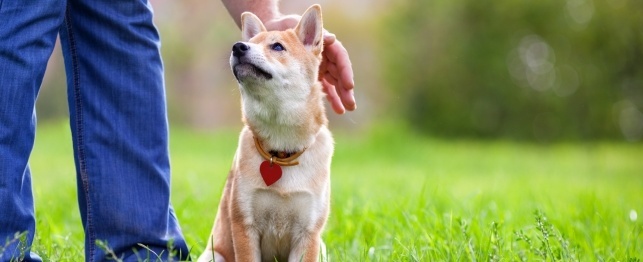 Fun at the Park for You and Your Dog
Fun at the Park for You and Your Dog
Fun at the Park for You and Your Dog
Fun at the Park for You and Your Dog
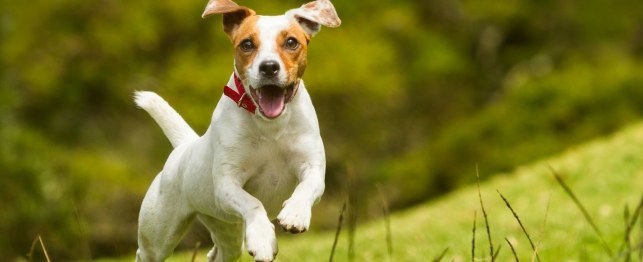 How to Balance Your Pets Play and Relaxation
How to Balance Your Pets Play and Relaxation
How to Balance Your Pets Play and Relaxation
How to Balance Your Pets Play and Relaxation
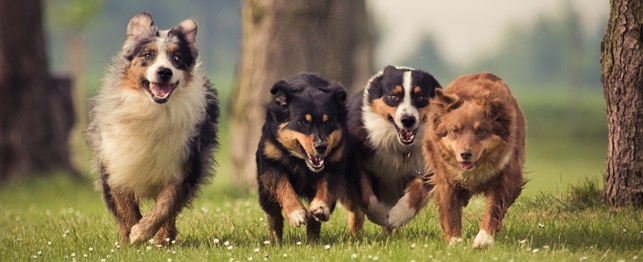 Parks & Recreation: 7 Tips for Enjoying Dog Parks
Parks & Recreation: 7 Tips for Enjoying Dog P
Parks & Recreation: 7 Tips for Enjoying Dog Parks
Parks & Recreation: 7 Tips for Enjoying Dog P
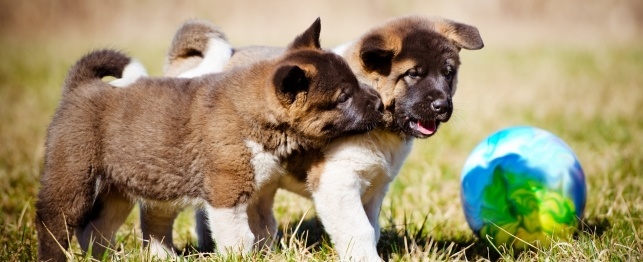 Doggie Play Dates: Are They for Your Dog?
Doggie Play Dates: Are They for Your Dog?
Doggie Play Dates: Are They for Your Dog?
Doggie Play Dates: Are They for Your Dog?
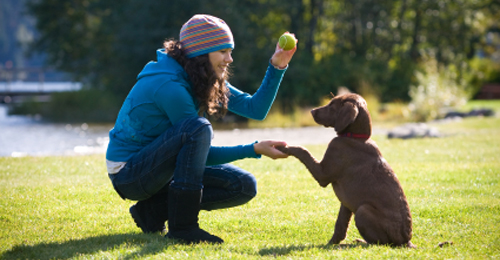 Teddy Bear Dog
Due for this, the actual who invests in professional canine
Teddy Bear Dog
Due for this, the actual who invests in professional canine